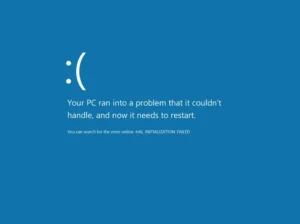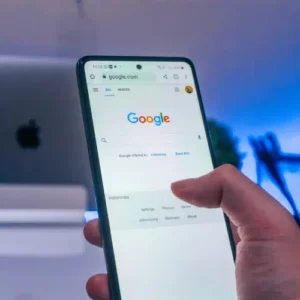Starting earlier this week, Google expanded its policies to allow doxxing victims to delete more of their personally identifying information (PII) from search engine results.
Removing doxxing content (personal information released online with harmful purpose) tries to safeguard victims’ privacy while also reducing the danger of identity theft, financial fraud, and, in some situations, physical violence.
Before this change, consumers may request the removal of personal data that could be used in financial fraud, such as credit card and bank account information, but Google now permits requests for the deletion of contact information as well.
“People can now request removals of more sorts of material when they see it in Search results, including personal contact information like a phone number, email address, or physical address,” said Michelle Chang, Google’s Global Policy Lead for Search.
“When it shows in Search results, the policy also allows for the removal of extra material that may constitute a danger of identity theft, such as confidential log-in credentials.”
The following types of information will be allowed to be removed, according to the company:
- Numbers of confidential government identity (ID)
- Numbers of bank accounts
- Numbers from credit cards
- Handwritten signatures are depicted in images.
- Photographs of identification documents
- Medical records, for example, are highly intimate, restricted, and formal information.
- Contact information for individuals (physical addresses, phone numbers, and email addresses)
- Login credentials that are kept private
However, Google emphasizes that URLs submitted via content removal requests must include your contact information in order for this to happen.
Furthermore, Google will only evaluate the requests if it detects “explicit or implicit threats, or explicit or implicit calls to action for others to injure or harass others.”
Doxxing victims or their authorized representatives can use this site to request that personal information be removed from Google search results.
If there isn’t enough information to consider the removal request, you’ll receive an automated confirmation and notification of any action done, as well as a request for more information.
This assistance page has more information about the procedure, including the variables evaluated in each request’s evaluation and the URLs you must submit for review.
“The easy availability of personal contact information on the internet can be startling — and it can be exploited in negative ways, such as for unwanted direct contact or even bodily violence,” Chang continued.
“And people have told us that in some situations, they’d like to be able to remove this type of material from Search.”
Google also announced a new policy in October that allows people under the age of 18 (or one of their parents or guardians) to request that connections to sites hosting their images be removed from Google Search results.










